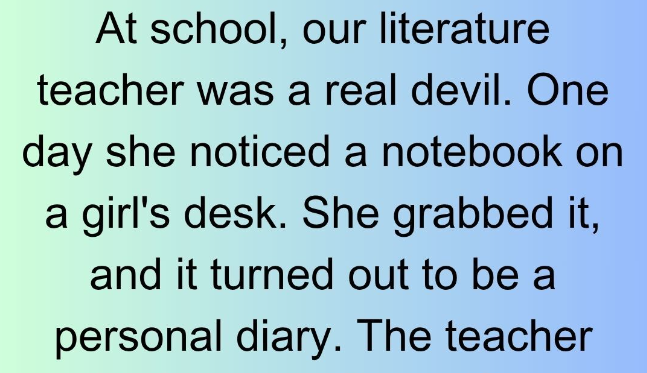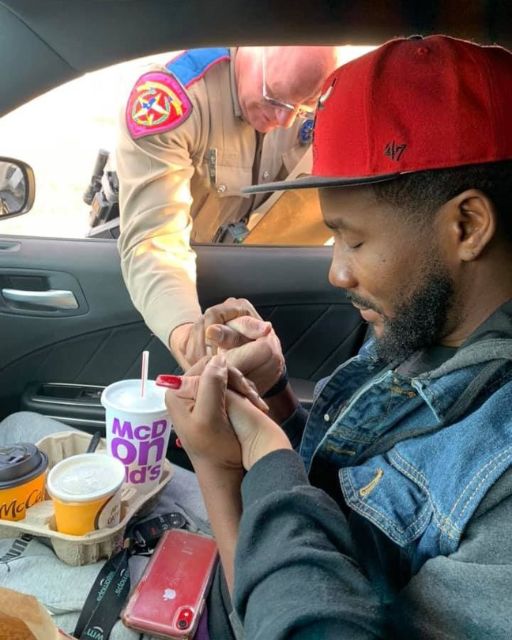In the corridors of our school, Mrs. Hawthorne, our literature teacher, inspired trepidation among students. One afternoon, she confiscated a girl’s personal diary from her desk and began reading its contents aloud to the class. A heavy silence enveloped the room. Addison, the diary’s owner, turned a vivid shade of scarlet. Then, an extraordinary moment occurred: Nolan, a typically reserved boy, stood up from his chair. With unwavering determination, he stated, “That’s enough. That’s her private diary.” Mrs. Hawthorne paused, visibly startled. She delivered a biting response, but Nolan remained steadfast. The class observed, holding their breath. After a tense moment, she snapped the diary shut and instructed both students to sit down.
By the following morning, a video of Nolan’s bold stand circulated swiftly throughout the school. Messages poured in, commending his courage. Mrs. Hawthorne, however, reacted with retribution. She targeted Nolan—posing impossible questions, marking his assignments with undue severity, and ridiculing him persistently. The strain took a toll on him. Addison, witnessing his ordeal, approached me with an idea. She shared that her mother, employed at the district office, was aware of prior grievances against Mrs. Hawthorne. If we could amass sufficient proof, we might construct a compelling case for a formal complaint.
Over the ensuing weeks, we discreetly gathered testimonies from classmates and even a few parents. Accounts of Mrs. Hawthorne’s unfair treatment surfaced in abundance. With guidance from Addison’s mother, we meticulously assembled a comprehensive complaint and presented it to the school board. Murmurs of our efforts echoed through the school. Then, the news arrived: Mrs. Hawthorne would no longer teach at our institution. The classroom seemed to exhale with relief. Nolan, weary yet eased, allowed a subtle smile to grace his face for the first time in weeks.
Our new teacher, Ms. Danvers, infused the classroom with warmth and equity. Literature lessons became vibrant sessions of exploration and enthusiasm. One day after class, Nolan approached Addison and me. “I never believed I could take such a stand,” he said quietly. “But I couldn’t remain silent while she harmed someone.” We all recognized that his action had sparked a profound shift.
Nolan’s understated bravery set off a cascade of transformation. Once overlooked, he emerged as a symbol of respect—not for loud heroics, but for acting when it mattered most. His resolve demonstrated that a single moment of standing firm can send ripples far beyond what anyone might envision. If this story strikes a chord with you, please consider sharing it. Your encouragement could motivate someone else to discover their own resilience.




